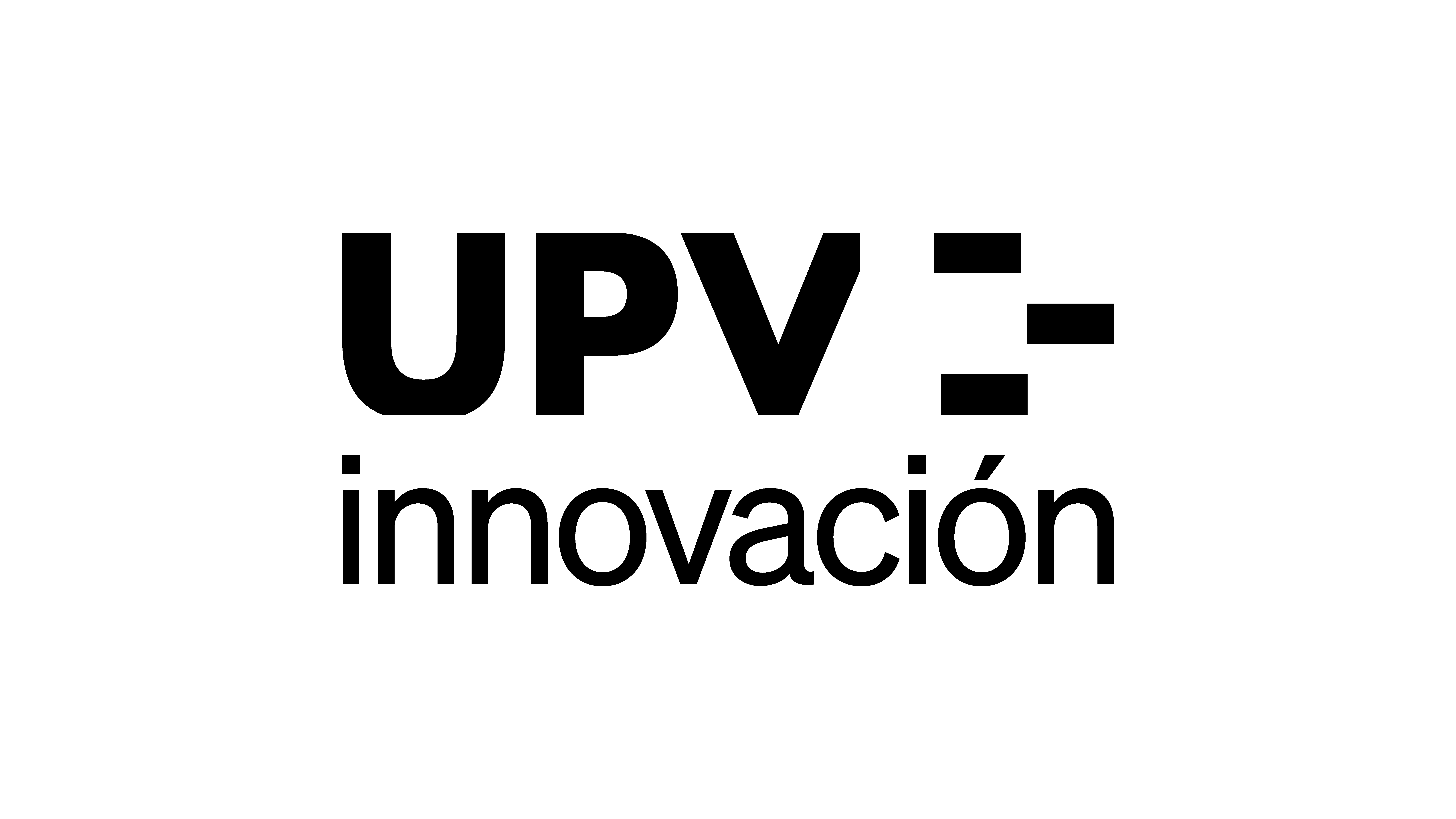Public Space as Climatic Infrastructure – UPV Innovation

Juanjo Galán Vivas, Professor, Department of Urbanism, School of Architecture, UPV
The effects of climate change and rising temperatures are increasingly being felt on planet Earth; Especially in cities, where heat accumulates in the asphalt of streets and building materials, and where vehicles and machinery emit extra heat that hardly finds an outlet in the dense urban fabric. As a result, so-called heat islands are created, which are characterized by offering temperatures several degrees higher than those in the environment.
In this context, Mediterranean cities present specific opportunities and challenges that we must take into account when addressing climate change adaptation and mitigation. Among the opportunities is its compact and traditionally multifunctional structure, which makes it possible to create shaded areas and allows citizens to go about their daily lives within a short distance (a city of fifteen minutes). Among the challenges, and as a counterpart to their particular advantages, it is worth noting the strong limitations and competition for the use of free urban spaces.
Climate shelters are places where residents can protect themselves from extreme temperatures and risks to their health or well-being. Unlike private spaces with controlled temperature linked to consumption, such as shopping malls, entertainment centers or supermarkets; Climate shelters are associated with indoor and outdoor spaces of mainly public nature, which can include streets, squares, parks and public buildings used as facilities. Furthermore, regardless of the creation of specific shelters, we should aspire for the urban public space as a whole to be a comfortable and inclusive infrastructure that invites social interaction even in extreme heat or sun conditions.
At this point, the use of more permeable roofs and lush trees in parks, the inclusion of arcades and awnings in squares and streets, the reduction of paved areas, the introduction of well-sized alignment trees in our streets, the smart and efficient use of water, the reduction of the use of private vehicles, the re-imagining of libraries, museums, social and cultural centers, sports facilities, or transportation stations. These solutions will allow us to combine the accumulated knowledge, often forgotten, of Mediterranean cities and towns, with the possibilities offered by new technologies, urban planning and urban design.
From a positive perspective, the possibility of treating public space as a micro-climatic infrastructure will in fact allow us to contribute from a specific problem to a general goal: to build cities that are more sustainable and resilient, on an environmental, social and economic level; and in both newly built neighborhoods and existing urban fabrics.





